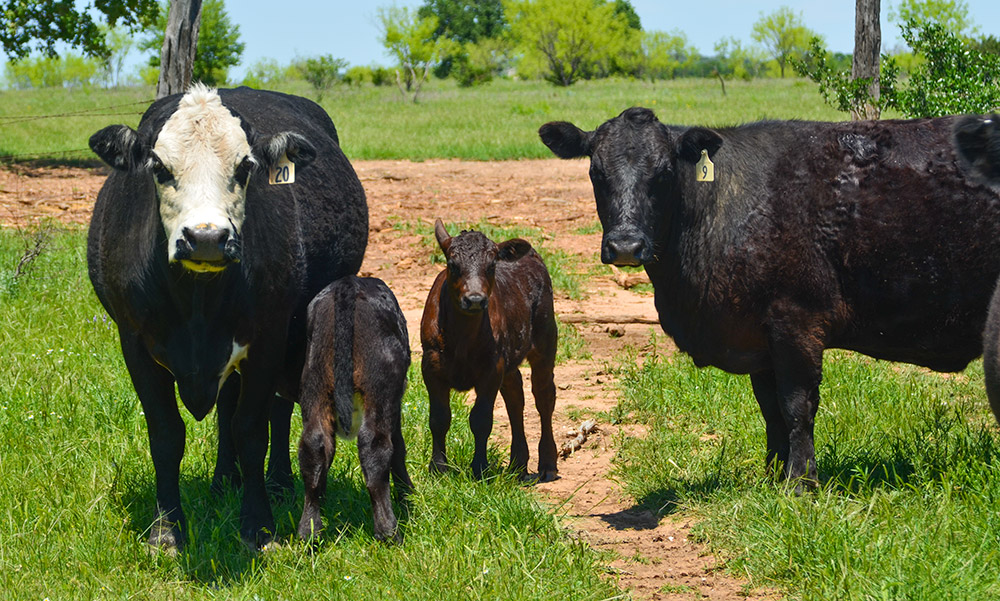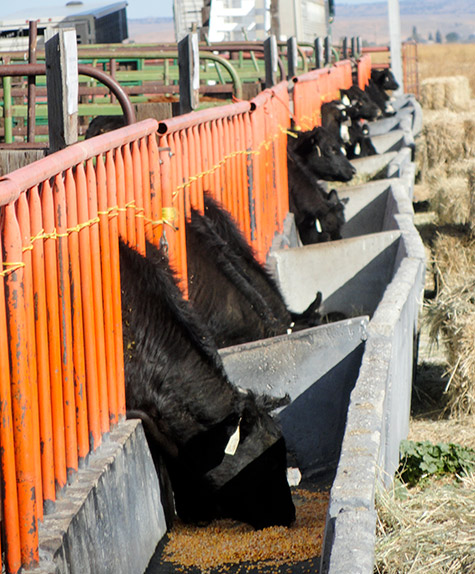
Drought Mitigation Strategy
Early weaning can be beneficial strategy for drought.

Sometimes weaning calves earlier than traditional weaning dates can be beneficial for cows, calves and feed supplies during drought. To do this efficiently, however, a producer needs to plan ahead and be set up to do it properly. Reinaldo Cooke, associate professor in the Department of Animal Science at Texas A&M University, says early weaning was initially implemented so cows would have more time to recover and rebreed, particularly first-calf heifers.
“This was primarily done in the Southeast with Brangus cattle, weaning at 2 to 3 months of age so those heifers would not have calves at side during the breeding season,” he says.
In the West, some ranchers started weaning calves at about 5 months of age — in mid- to late summer — so cows on dry fall range could recover from lactation. Forage quality on most rangelands decreases after July and August, and if cows are still lactating they lose weight. If calves have been weaned, however, the dry cows can continue to use the dry forage and come home in better body condition to go into winter.
“We did some work when I was at the Burns research station in Oregon, weaning calves at 4.5 months of age in early August. Those cows were in better condition in late fall and required less feeding during the winter,” says Cooke.
This can also be a good strategy to get through a drought. This helps the cows, but also starts the calves on better feed before the forage quality drops significantly. Those calves can be given better nutrition before they go to the feedlot. Very young calves can be provided a specific diet so they actually grow better than the calves still on their mamas, he explains. They learn to eat concentrates at a much younger age, so when they go to the feedlot they perform better than the calves that are weaned at 7 months of age.
 |
| It can be more economical when feed and forage supplies are short to wean the calf off of mama and feed the calf directly. [Photo by Dave Bohnert] |
The challenges include making sure you can provide enough care for young calves. It often pays off. When you look at calf management and feeding the cow so she can feed the calf, it can be more economical when feed and forage supplies are short to wean the calf off of mama and feed the calf directly. The calf doesn’t need nearly as much feed as the cow requires when lactating, explains Cooke.
It is less efficient to feed the calf via the cow; it takes more total feed to keep up her body condition and provide adequate milk. It can be cheaper to simply feed the calf and let the cow maintain herself on whatever the ranch can supply with dry pasture, rangeland or low-quality forage. If the dry cows can manage with no or minimal supplement, you may be better off to have the calves weaned, feeding them the high-quality diet they need.
“The calves are much more efficient in their utilization of supplemental feed than the cows, and it takes a lot less. It is often more economically and biologically efficient to feed the calf rather than feeding the lactating cow,” he says.
“For cow-calf producers, the calf is the main focus and main source of income,” Cooke says. “Many producers don’t want to mess with the calf, but when it’s feasible, or when faced with severe drought, early weaning makes sense and is efficacious.”
There are times it pays to wean early and just feed the calves because they don’t eat as much.
Editor’s note: Heather Smith Thomas is a cattlewoman and freelance writer from Salmon, Idaho. Lead photo by Kasey Brown.























